There is something special about classic cars. Their nostalgia allows us to reminisce about different times and drive some of the coolest cars on the planet.
Maintaining a classic car, however, is challenging. It can sometimes be a nightmare, and some classics are more trouble than they are worth.
This list features classic cars that are more trouble than they are worth. They are hard to maintain, have many issues, or are just bad cars.
Ford Pinto
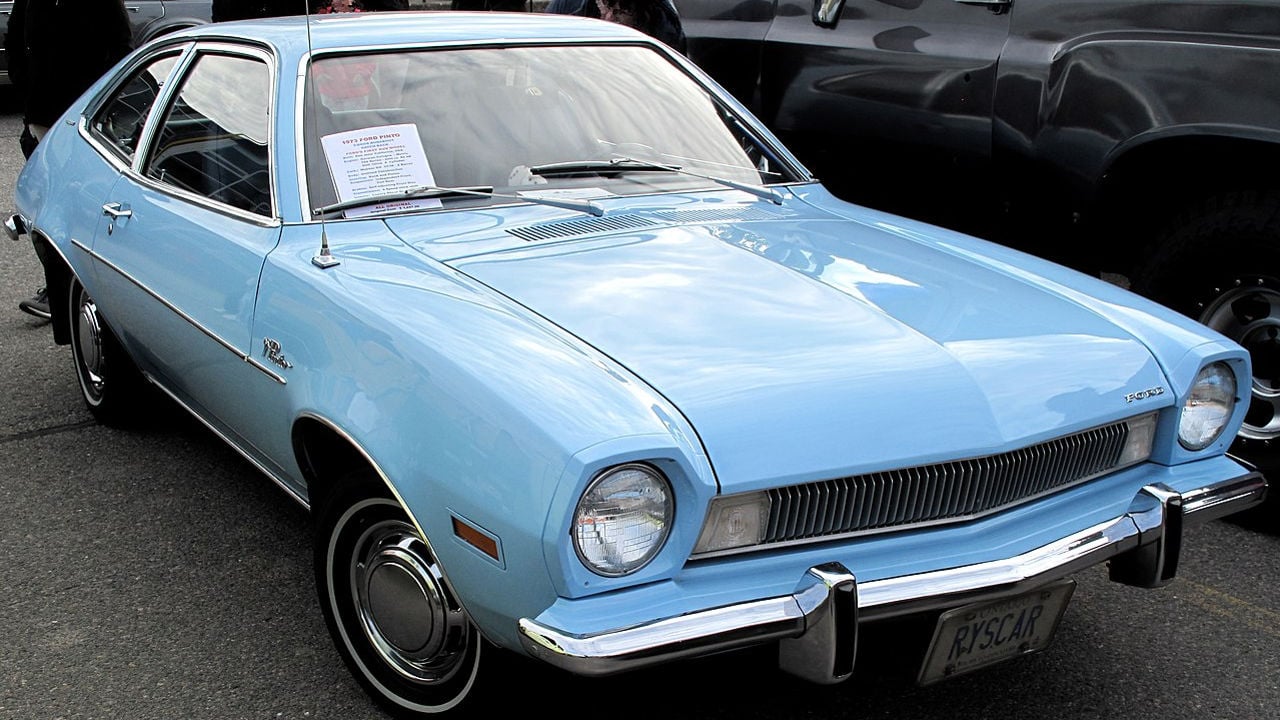
At the time, the Ford Pinto sold well and quickly earned a decent reputation. However, that suddenly changed after the accusation that the Ford could catch fire if rear-ended.
Ford traced the problem back to a fault with the fuel tank design. The infamous “Pinto memo” document submitted to the NHTSA proved that Ford executives knew about the design defect and did nothing to fix it. If you owned a Pinto at the time or own one now, you might not feel safe driving it, so be sure to keep an eye on that gas tank.
1974-1984 Lancia Beta
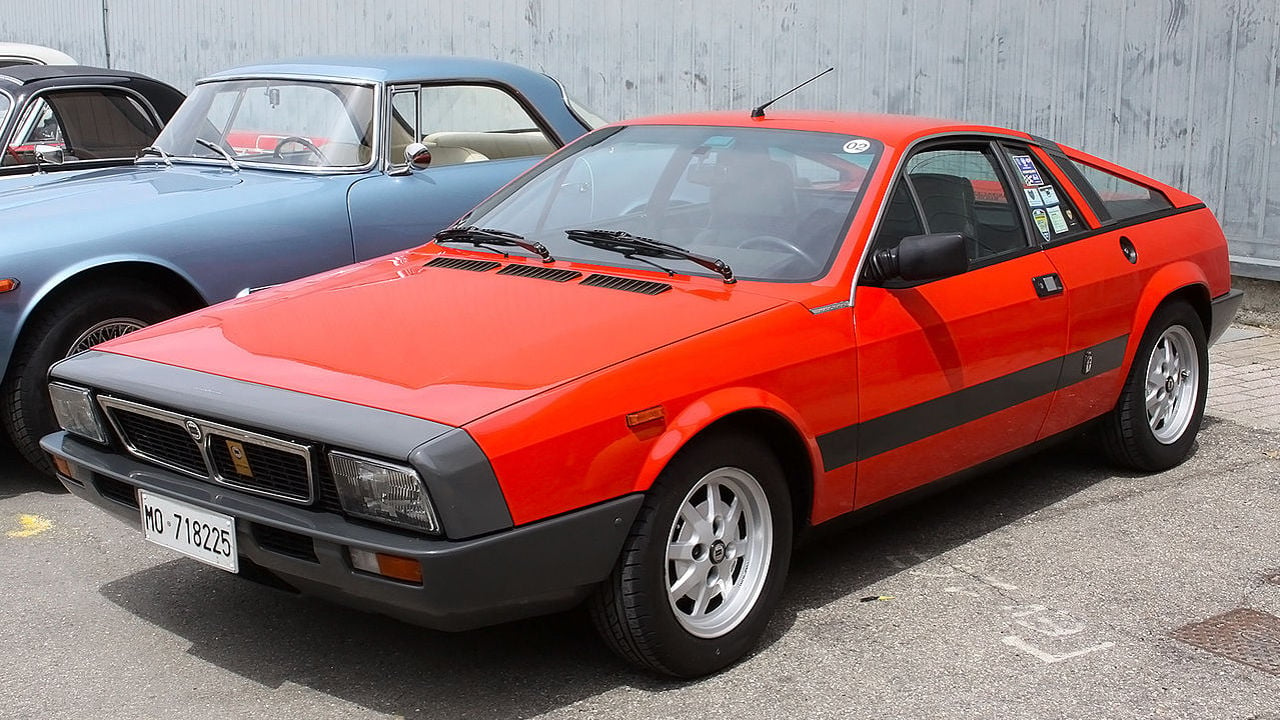
Lancia’s Beta was, at one point, one of the most popular products in the Italian manufacturer’s range. However, one problem that is still an issue with classic examples that owners have to look out for is rust.
The Beta earned a reputation for being extremely rust-prone, with early models in particular suffering. Rumors ran rife that it was because Soviet steel was in their construction, but this was never verified. Many Betas were then recalled, and the negative publicity permanently damaged Lancia’s reputation. It saw a massive decline in sales in the UK, its largest export market. Lancia withdrew from right-hand drive markets in 1984.
Ford Mustang II
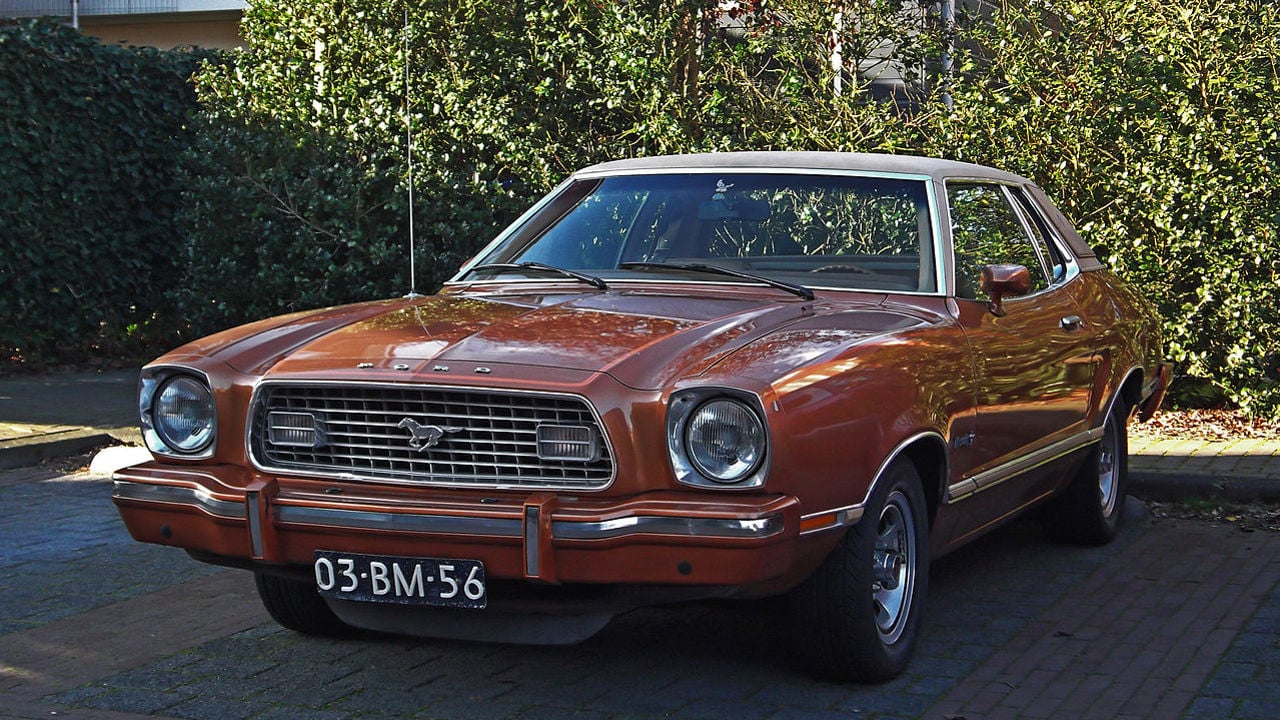
Since its launch in 1974, the Ford Mustang II has had a poor reputation. While more popular now than at the time, the Mustang II received heavy criticism for being nothing more than a poor-performing Pinto derivative.
In the eyes of many enthusiasts, the Mustang II deviated too far from the core ingredients of the muscle car recipe. Initially, only four—and six-cylinder engines were available before Ford finally added a V8 to the lineup. While they are now more famous as classic muscle cars, Mustang IIs still carry that reputation wherever they go.
Triumph TR7
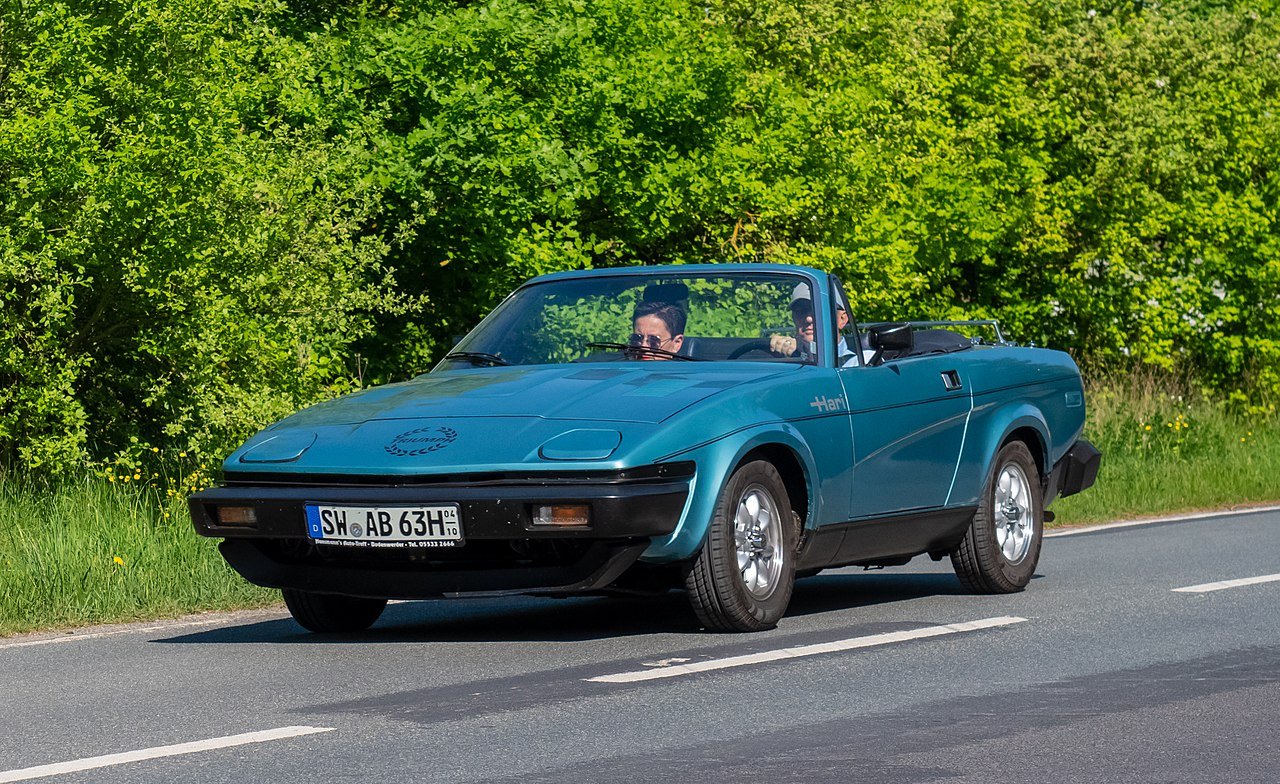
The Triumph TR7 was on Time magazine’s list of the “50 worst cars of all time,” such was the public’s dislike of it. It was one of Triumph’s last vehicles before British Leyland axed the brand, and initial criticism fell on the unusual styling of the TR7, mainly the curve down the side.
Yet that wasn’t the TR7’s most significant issue. Quality control issues hurt the TR7 due to poor relations between British Leyland management and their workers, causing frequent strikes. Those who own classic TR7s must watch them closely to ensure rust and rot don’t set in. Later models, however, primarily eliminated this issue, so if you own one of those, you will have a much happier time.
Maserati Biturbo
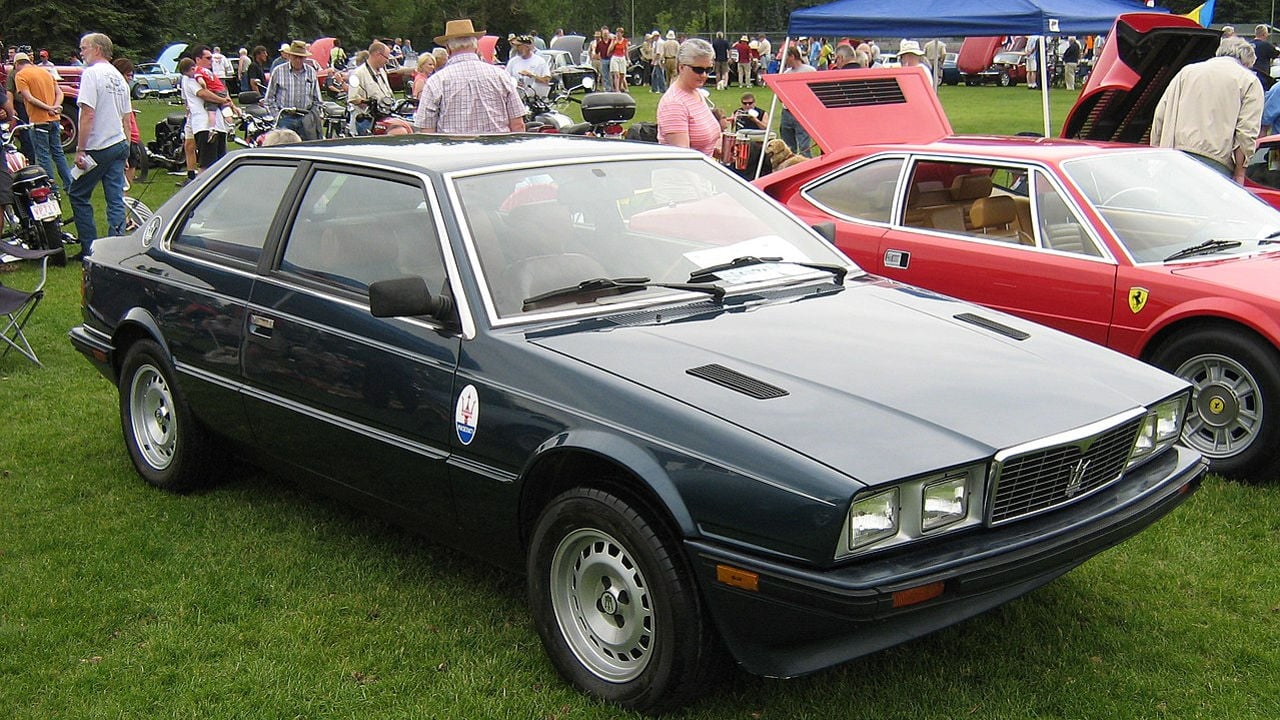
If you own a Maserati Biturbo, keep a close eye on how reliable the grand tourer is. Maserati launched the Biturbo to rival the BMW 3 Series, but the new twin-turbocharged V6 engines had numerous reliability and performance problems. Most notable was the unpredictable power delivery through the turbo lag.
The Biturbo’s reputation has not improved with age. Time magazine reported that “everything that could leak, burn snap or rupture did,” and careful maintenance is always required if you ever think about owning a Biturbo. In the August 1990 issue of Road & Track, the magazine noted that pick-up wires could crack from the distributor’s heat, and fluids would regularly leak from faulty seals.
1982-1985 Chevrolet Camaro Iron Duke
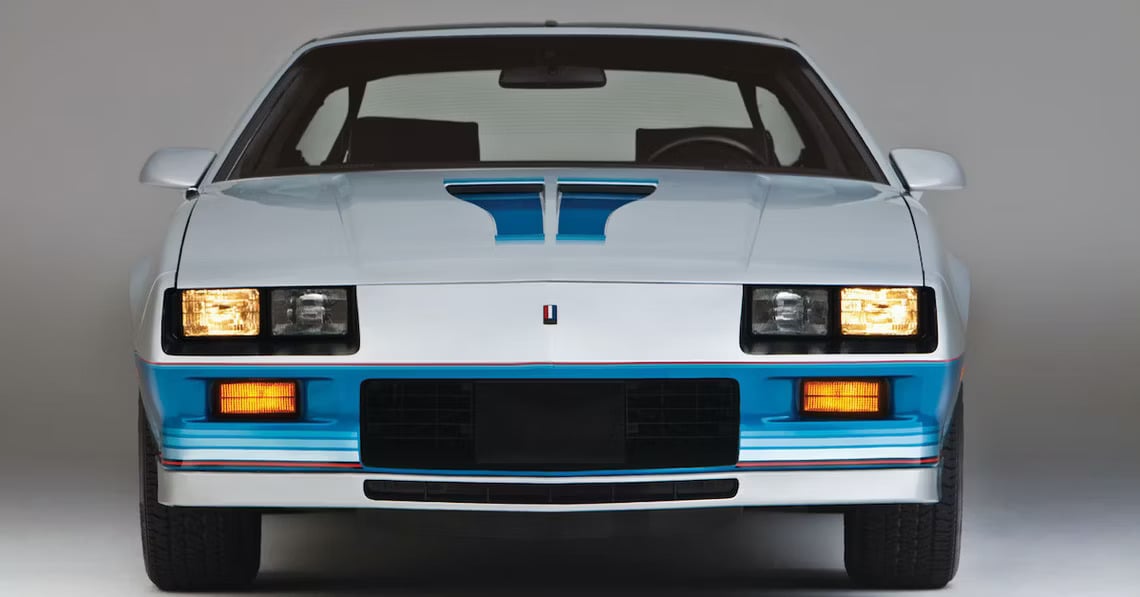
One of the biggest problems with the early 1980s Chevrolet Camaros was their performance. Nowhere is this more prominent than in the 1982 Camaro Iron Duke. Under the hood, an Iron Duke 2.5-liter four-cylinder engine produced a feeble 90 hp.
Add in a three-speed automatic transmission as standard, and you have one of the most ridiculed models of the Camaro. It was one of the slowest Camaros ever built and had the same power-to-weight ratio as the small Volkswagen Beetle. Unless you tune your Camaro Iron Duke, classic examples of the muscle car will suffer the same performance problems as they did when new in the 1980s.
Austin Allegro

Austin launched the Allegro in 1973 and hoped it would be a fresh start for the troubled British Leyland. But its unusual styling instantly drew criticism, as did the inconsistent build quality of the Allego. Some Allegros left the factory absolutely fine, while others had panel gaps or poorly fitted components.
Remarkably, Austin got the rust-proofing of the Allegro spot-on. Which was something British cars were highly renowned for getting wrong regularly. It was not helping the Allegro because of its square steering wheel, which the owner struggled to become accustomed to. In his TV show Clarkson’s Car Years, Jeremy Clarkson said that the Allego was “more aerodynamic going backwards,” which summed up how many people felt about the British car.
North-American Subaru 360
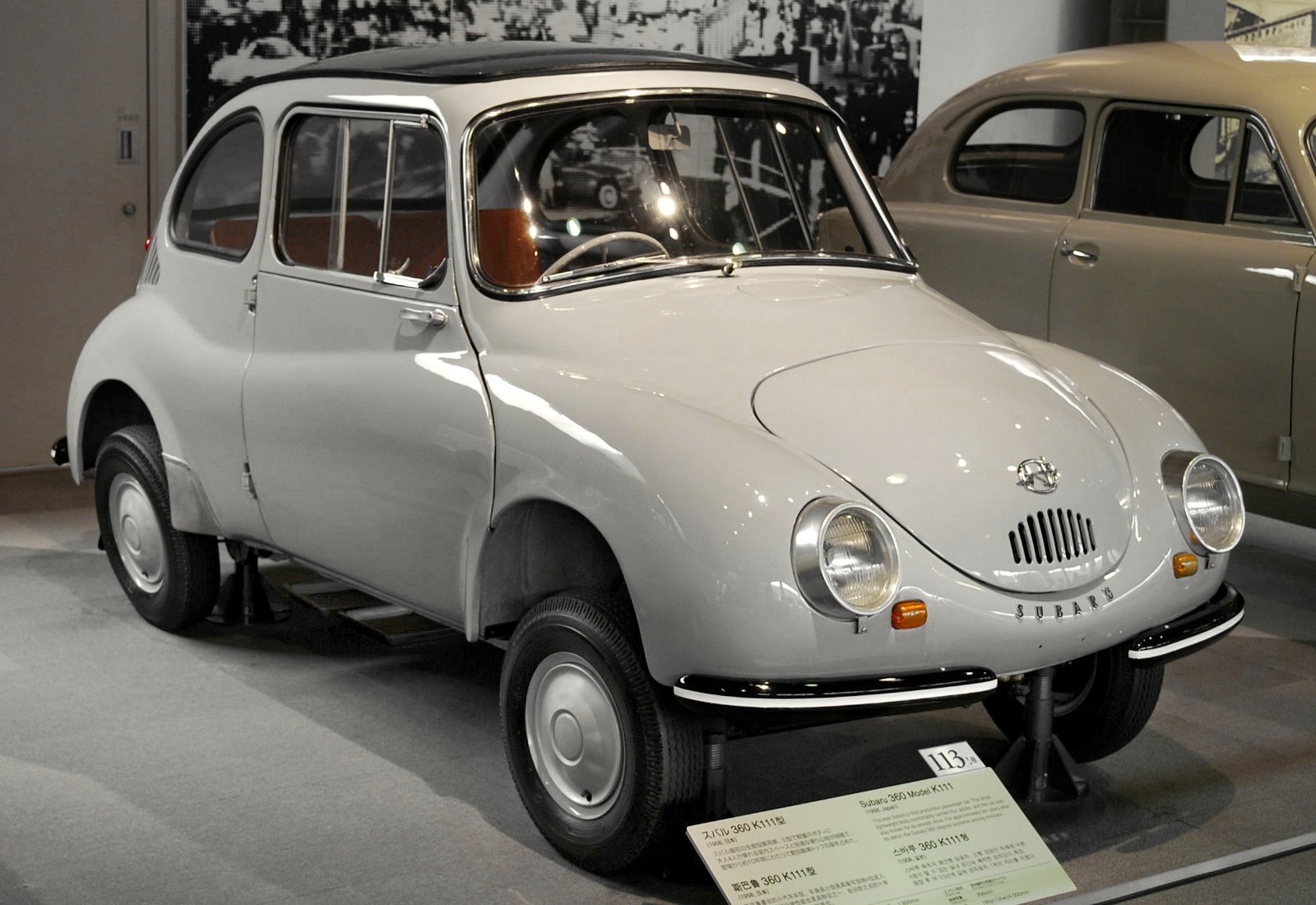
In its native country of Japan, Subaru had no trouble selling the little Subaru 360. However, in 1968, entrepreneur Malcolm Bricklin imported the Subaru 360 to the United States, as it was very cheap to do so because they were light enough to be exempt from US automotive safety standards.
Yet, with a marketing slogan of “cheap and ugly does it,” the Subaru 360 never stood a chance in America. It was a massive commercial failure, and Consumer Reports stated that it took nearly 40 seconds to go from 0 to 60 mph. At 30 mph, the Subaru 360 was structurally unsafe in a crash test. Production ceased in 1970; rumors say many unsold 360s were crushed or pushed into the ocean.
1971-1977 Chevrolet Vega
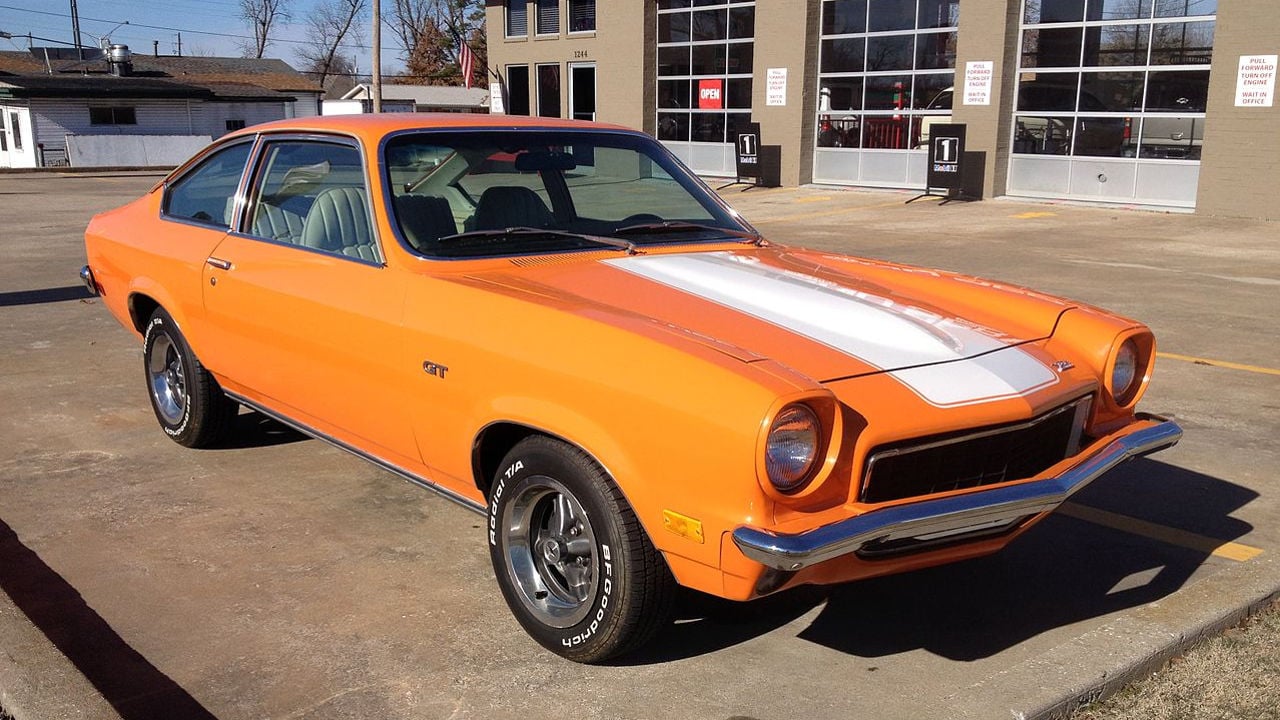
When it launched in 1971, the Chevrolet Vega looked good. It sold exceptionally well, and Motor Trend even voted it their car of the year for 1971. However, in hindsight, that award was a mistake as soon as all issues arose with the Chevrolet.
For example, Chevrolet used a new method of rust-proofing for the aluminum block engine, which initially appeared to work well. However, it didn’t prevent the engine from extreme corrosion or failure. As the 1970s wore on, Chevrolet had to scrap the Vega, and they did so at such a rate that many scrapyards refused to purchase them. These engine issues have stayed with the Vega even into classic ownership, so they might not be ideal as a classic car.
North American Renault Fuego
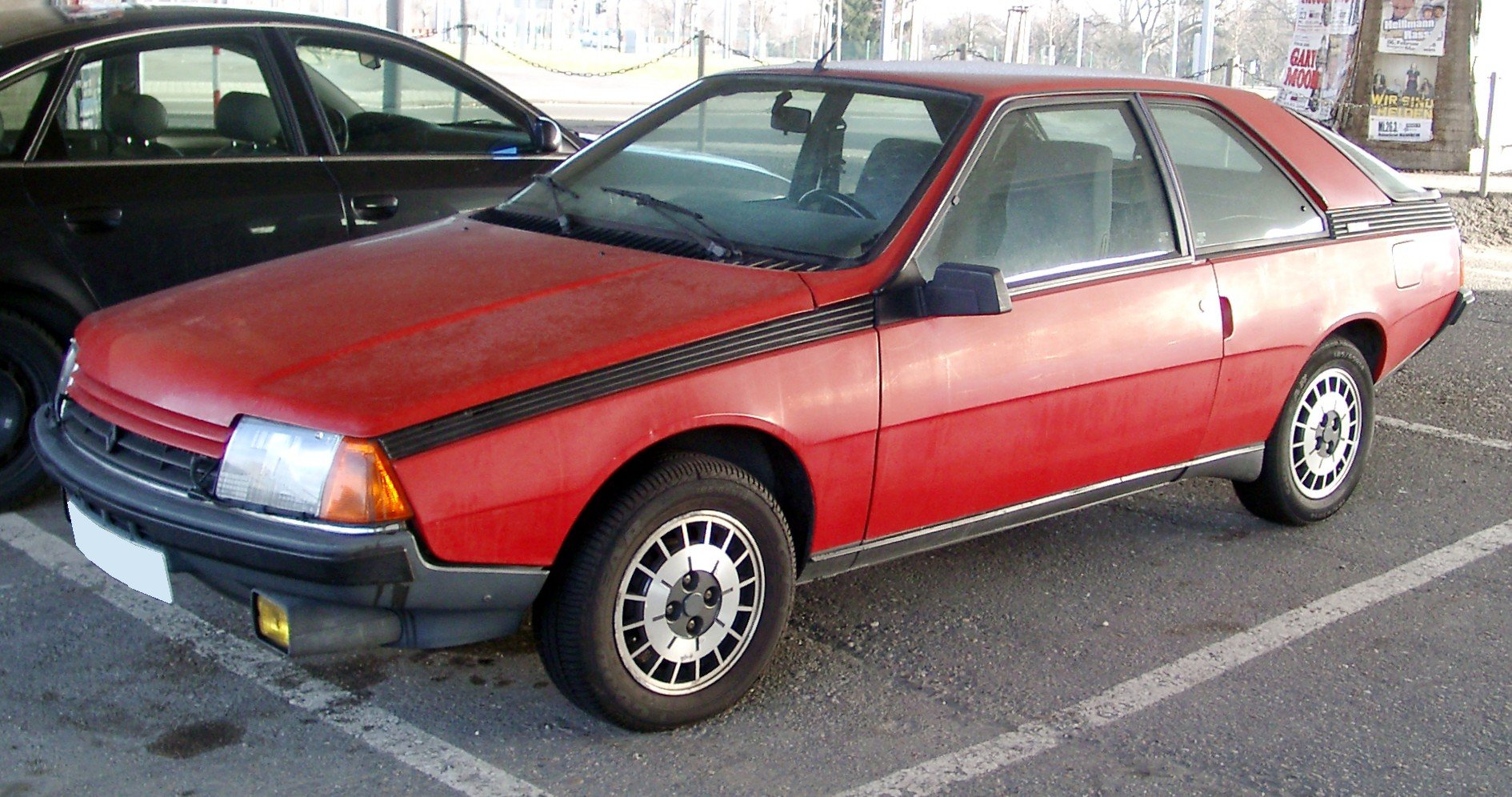
The reason that the North American version of the Renault Fuego is such a nightmare is simple. The abundance of reliability problems has made any attempts at owning a classic example a colossal nightmare.
When new, the North American Fuego suffered from unreliable electronics and overheating issues that could lead to head gasket failures. Spare parts were already in short supply, which worsened when Renault pulled out of the US market in 1986. Spare parts for the American Fuego are still hard to source, and Edmunds ranked it as the 17th worst car of all time, saying that it was a “fragile, front-drive French coupe that rusted quickly into dust or burst into flames amid random electrical fires.”
1982-1989 Holden Camira
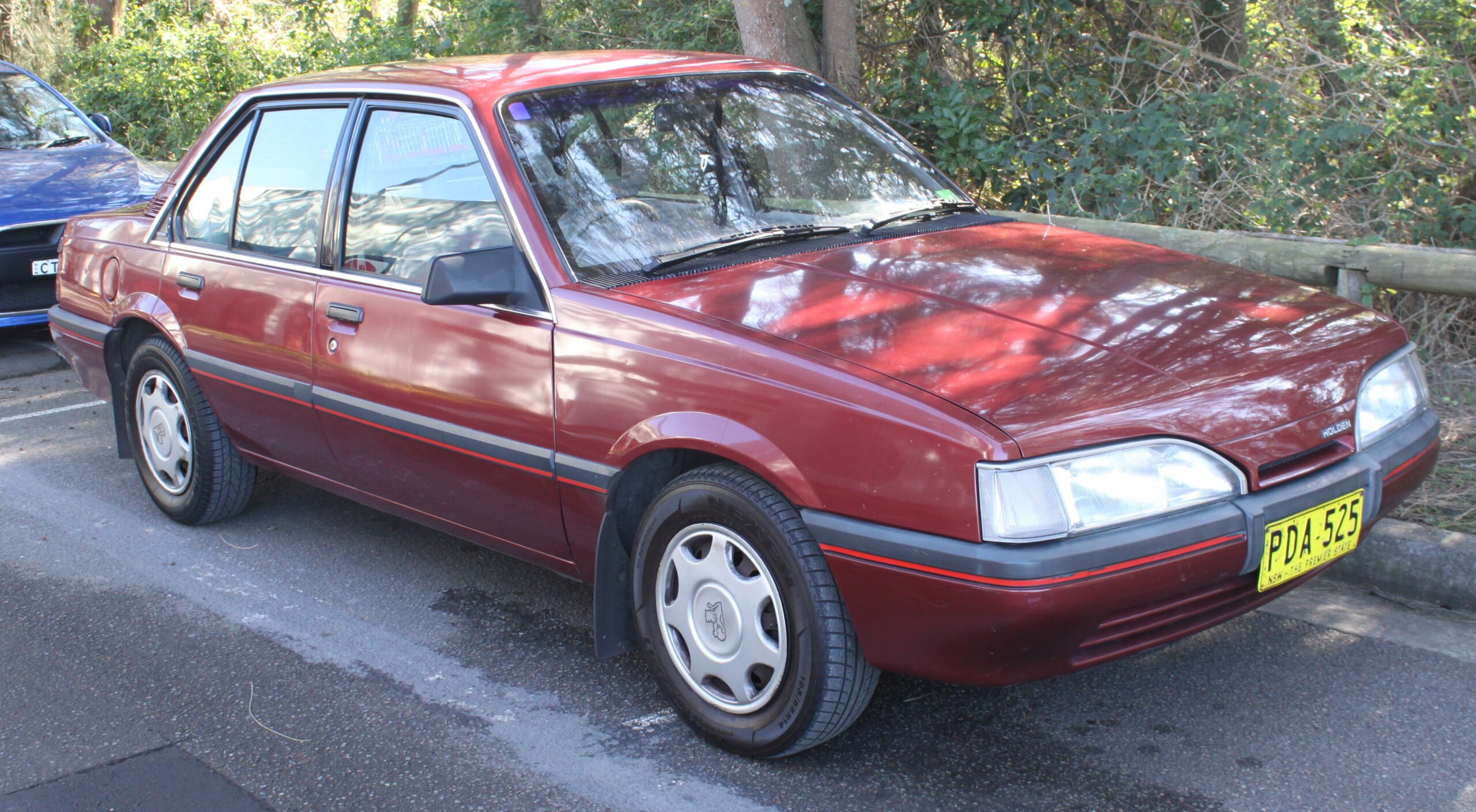
You would not want to buy a used Holden Camira for several reasons. Even if sales when the car launched proved to be very good. Very quickly, all sorts of issues arose, such as smoking engines, poor door drainage, and paint that would flake off and tarnish quickly.
One of the worst problems was that in Camiras, which had air conditioning, there was a lack of fan cooling, which could result in severe overheating. All of this built up a horrible reputation for the Camira, and it got so bad that Holden withdrew the car from the New Zealand market. Even the safety record was poor, and although Holden did fix many of the problems with later models, the damage was already done.
1976 Aston Martin Lagonda
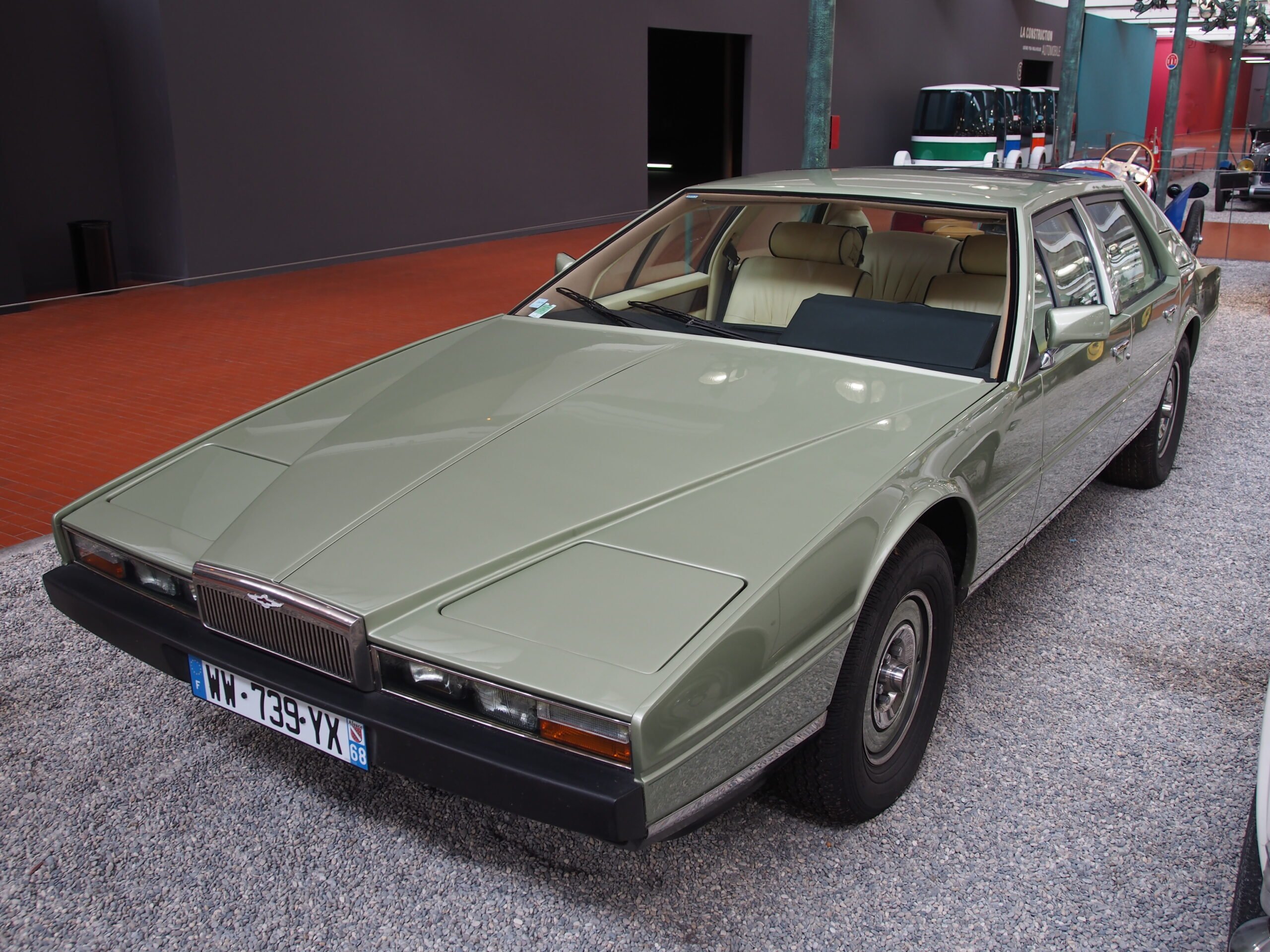
While luxurious and dramatic, Aston Martin’s 1970s Lagonda had its fair share of issues. The biggest problem was the Lagonda’s innovative digital dashboard and electronics, which should have made the luxury car cutting-edge.
While they were bold and brilliant, they very rarely worked. The Lagonda used digital dashes with CRT projectors, as seen on TVs of the time. But they were horribly unreliable, and later versions of the Lagonda replaced them with a more conventional but boring dashboard. Maintaining such an array of electronics in a classic car is likely even more complicated than when the Lagonda was new.
AMC Gremlin
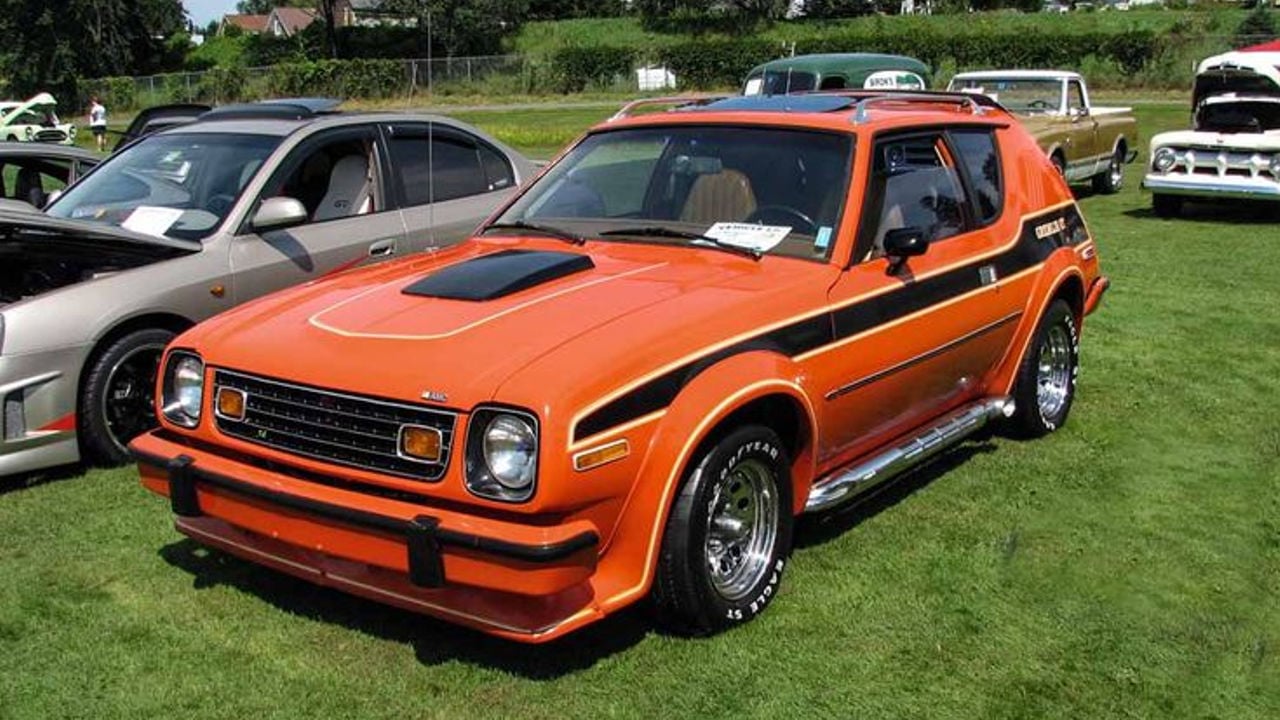
What could have been something everyone enjoyed driving became a nightmare for AMC. It was AMC’s attempt at cracking the emerging subcompact market in North America, but the strange styling and its out-of-date technology meant it never stood a chance.
The Gremlin’s proportions, lackluster interior, and cheap feel contributed to its downfall. AMC made things worse by selecting a heavy six-cylinder engine for the Gremlin, making it slow, heavy, and a horrible car to drive. The car felt stuck in the 1930s, especially as it lacked disc brakes, radial tires, and electric windshield wipers. Yes, you read that right; it had hydraulic windshield wipers instead of electric ones.
- SEO Powered Content & PR Distribution. Get Amplified Today.
- PlatoData.Network Vertical Generative Ai. Empower Yourself. Access Here.
- PlatoAiStream. Web3 Intelligence. Knowledge Amplified. Access Here.
- PlatoESG. Carbon, CleanTech, Energy, Environment, Solar, Waste Management. Access Here.
- PlatoHealth. Biotech and Clinical Trials Intelligence. Access Here.
- Source: https://teslatale.com/classic-cars-more-trouble/
